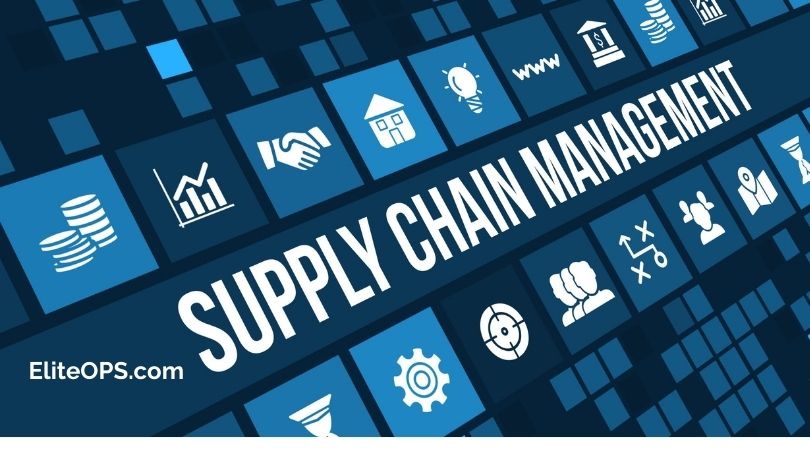Supply Chain Management Models for eCommerce Businesses.
The Supply Chain has been one of the worst victims of natural and man made disasters for the past two years. As a result, supply chain management teams find the already challenging situation extra tough. The tough situation has/can put some teams into a realization that they need to overhaul their strategy to overcome the interruptions and disruptions ASAP. The need of the hour is to come up with a different supply chain management management model. Here are some options.
1. Fast chain model
For manufacturing businesses, fast chain model makes better sense, especially if you are into manufacturing of products that have a short or limited shelf life. You may include any trendy or ephemeral products here. For example, for trendy items, time is critical. That means the faster the movement of the end product, the better the position of the manufacturer.
Related: Supply Chain vs Logistics: What’s the Difference?
2. Continuous flow model
This type of model is best suited for repeated production processes. Supply and demand stability is important here, where processes are scheduled to ensure a constant flow of information and products. The continuous flow model is best suited for a mature supply chain that has a customer demand profile with no to little variation. Automation can make better sense for this supply chain model.
Related: Backlog vs Backorder in Supply Chain Management.
3. Flexible model
As its name suggests, flexible supply chain model is for a large business that can cater to fluctuations in demand to maximize profits. The model ensures that the right processes are in place and are flexible and scalable enough to cater to the fluctuations as and when the need arises. This includes everything in the supply chain, from raw material purchase to production and transport.
A flexible model is agile and scalable, helping your business better manage the fluctuations of and adjust the complex patterns of demand. Since the model is demand driven, it is crucial for a business to be familiar with its customer preferences and trend. This will help optimize supply chain management in a pervasively challenging environment and respond to any kind of disturbance in the global market. A flexible model is better equipped to manage spontaneous or sudden problems, such as the coronavirus pandemic or the Ukraine-Russian war.
Related: Shipping 101 for Your eCommerce Business.

4. Agile model
The agile model might be a good choice if you sell customized goods. That means the end product depends on the customer request. It is all about creating custom orders in small batches or even one at a time. The agile supply chain includes flexibility, competency, and responsiveness for the management of a supply chain on a daily basis.
Related: 4 Ways to Boost Sales in a Post Pandemic World.
Bottom Line
Supply chain leaders understand the need for automation to remain competitive. Since supply chains are complicated, understanding different supply chain management models can make a huge difference and help you make a better choice.
Elite OPS has been a leader in Shipping and Logistics for over 25 years. Contact Us to find out how we can help you Save Time and Money on Procurement as a Service, eCommerce Order Fulfillment, and Kitting and Assembly.
Call 855-553-5490 or Click Here to Request a Quote!








